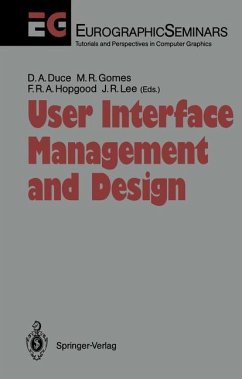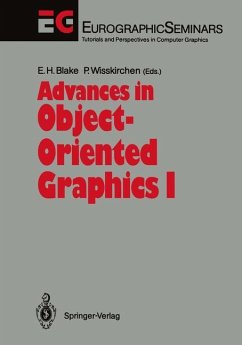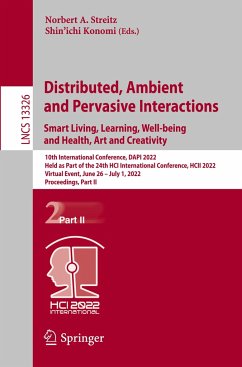
Efficient Gestures in Users' Preference, Health, and Natural Inclination for Non-Touch-Based Interface
Versandkostenfrei!
Versandfertig in 1-2 Wochen
42,95 €
inkl. MwSt.

PAYBACK Punkte
0 °P sammeln!
Bachelor Thesis from the year 2015 in the subject Computer Science - Applied, Arizona State University, language: English, abstract: Along with the number of technologies that have been introduced over a few years ago, gesture-based human-computer interactions are becoming the new phase in encompassing the creativity and abilities for users to communicate and interact with devices. Current gesture recognition systems lack sufficient consideration for the impact they have on user's health and preference during usage. Thus, determining and defining low-stress and intuitive gestures for user inte...
Bachelor Thesis from the year 2015 in the subject Computer Science - Applied, Arizona State University, language: English, abstract: Along with the number of technologies that have been introduced over a few years ago, gesture-based human-computer interactions are becoming the new phase in encompassing the creativity and abilities for users to communicate and interact with devices. Current gesture recognition systems lack sufficient consideration for the impact they have on user's health and preference during usage. Thus, determining and defining low-stress and intuitive gestures for user interaction is necessary for improving human-computer communication and increasing the usability of gesture-driven devices. To find the relationship, if any, between stress and intuitive gestures, a Galvanic Skin Response instrument was used and worn by fifteen participants (10 females, 5 males) as a primary measurement of stress. The participants also engaged in creating and performing their own gestures for specified tasks, which include "activation of the display," "scroll," "page," "selection," "undo," and "return to main menu." They were then asked to repeat their gestures for around ten seconds each, giving them time and further insight into how their gestures would be appropriate or not for them and any given task. Surveys were given to the users at different times: one after they had defined their gestures and another after they had repeated their gestures. It is found that they have the tendency to rank their gestures based on comfort, intuition, and the ease of communication. On an average of more than half of the times, users were also found to change the gestures they have preferred in the beginning after practicing their gestures. Out of the user-ranked gestures, health-efficient gestures, given that the participants' rankings were based on comfort and intuition, were chosen in regards to the highest ranked gestures: a single or double taps, single or doubleclaps, circle arm, slide, wave, swipe, point, hold up numbers, draw in mid-air, and form a shape.












